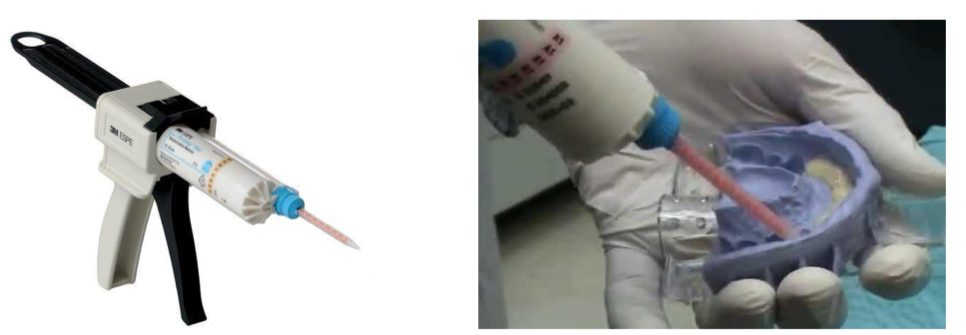5- indirect restorations
1/18
There's no tags or description
Looks like no tags are added yet.
Name | Mastery | Learn | Test | Matching | Spaced |
|---|
No study sessions yet.
19 Terms
What materials do you use in direct vs indirect- partial vs total?
Resin
Inlay/onlays- cast metals, composite, ceramics
Crowns- metal, ceramics
What is an inlay?
Preparations do not cover any cusp of tooth
Can be MOD or occlusal-vestibular
What is an onlay?
Preparations cover any cusp of tooth
Restoration option after RCT
What is an overlay?
Preparations cover entire occlusal surface
What are indications of indirect restorations?
Give strength to weak tooth
If widespread destruction
Pillar for fixed prostho
Correct malocclusions and abrasions
Restore teeth with RCT
Very large class 1 or 2
Subgingival restorations
When are indirect restorations contraindicated?
Small defects
High caries activity
Inadequate retention
Short clinical crown
Young teeth (large pulp chambers)
Deciduous teeth
What are the advantages of indirect restorations?
Save tooth structure
Colour stability- porcelain doesn’t change colour
Visible accessible margins for cleaning
Reduce periodontal irritation
Materials have less tendency to wear and stress
Reproduce anatomy
Lower rate of volumetric changes
What are disadvantages of indirect restorations?
Retention by adhesive cements- may allow micro leakage
Cementation complex- etch, prime, bone, cure
Higher cost
More invasive cavity prep
Less retention than full crowns
How is an inlay prepared?
Tapered flat-head diamond with rounded tip
Outline & Extension-
Start from occlusal groove
Extend into proximal/free surfaces to form proximal box
Remove contact with adjacent tooth.
Dimensions-
Occlusal depth- 1.5 mm (perpendicular to insertion path)
Isthmus width- 1.5–2 mm
Proximal axial depth- 1 mm
BL width: ~2 mm in larger boxes
Divergent walls (10–15°) toward occlusal

How do you prepare an onlay?
Conical diamond burs with rounded tip
Axial reduction with conical flat head and round end bur0] to make chamfer
No contact between cavity margin and adjacent tooth or sharp angles
![<p>Conical diamond burs with rounded tip</p><p>Axial reduction with conical flat head and round end bur0] to make chamfer </p><p>No contact between cavity margin and adjacent tooth or sharp angles</p>](https://knowt-user-attachments.s3.amazonaws.com/96564604-027b-49a9-a450-0176bc526603.jpg)
Can how can we prepare overlays?
In lab or using cad/cam
What provisional filling is used for inlays?
Fermit- temp filling cement- cheap, don’t need impression before
What provisional filling is used for onlays?
Protemp
Take impression before using alginage or putty silicone
Use a non Eugenol temp cement- temp-bond NEC- inhibit polymerisation of resin adhesives

What does the first clinical session consist of?
X-ray, impressions for provisionals, remove caries and prep tooth
Silicone impression, wax occlusal register, cement provisional, lab
What does the second lab session consist of?
Remove provisional and clean tooth
Insertion and cement resto
Consider contact points, marginal adjustment, stability
How do we complete absolute isolation before Cementation?
Apply a resin barrier (the same type used in tooth whitening) to protect the gums
cure for 20 seconds
Use Teflon tape on adjacent teeth to stop them from bonding
Different ceramics need different etching times and acids- what is used for the inner side of ceramic vs silicate porcelain?
9.6% (yellow) hydrofluoric acid for 2 minutes.
4.9% (red) hydrofluoric acid for 20 seconds.
After HF etching- etch with orthophosphoric acid for 30 seconds, apply silane for 1 minute

What does the total etching consist of and the adhesive application?
Etch enamel with 37% phosphoric acid for 30 seconds, etch dentin for 20 seconds, rinse and gently air dry
Apply dual adhesive on tooth and restoration on inner surface- light cure partially
How do you conduct bonding of an indirect restoration?
Fill tooth and restoration with dual cement
Place tooth with pressure occlusally
Polymerise for 5 secs to remove excess cement then 1 minute